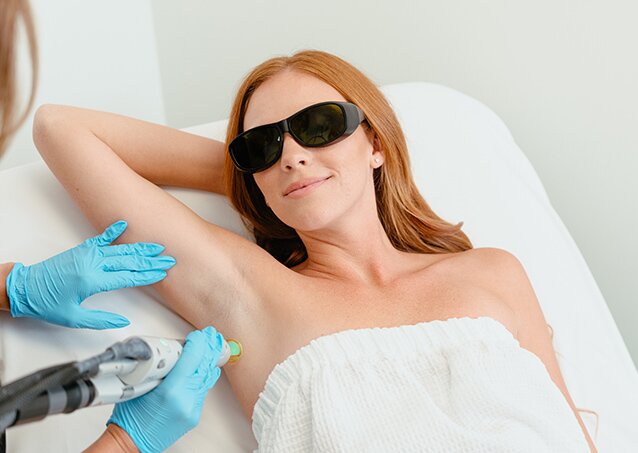The pain of shaving alone would make anyone consider alternative methods of hair removal. And the best way to get rid of these pesky razor bumps is by getting laser hair removal.
Instead of removing the hair above the surface, the laser targets the follicle – the source of hair growth – and disrupts its growth cycle. Your razor bumps will disappear over time because no more hair is left to grow in the area.
Not only will the bumps and ingrown hairs fade away, you’ll also be left with healthy smooth skin. And you won’t need to worry about razor bumps returning since you’ll no longer need a razor for your hair-removal needs.


